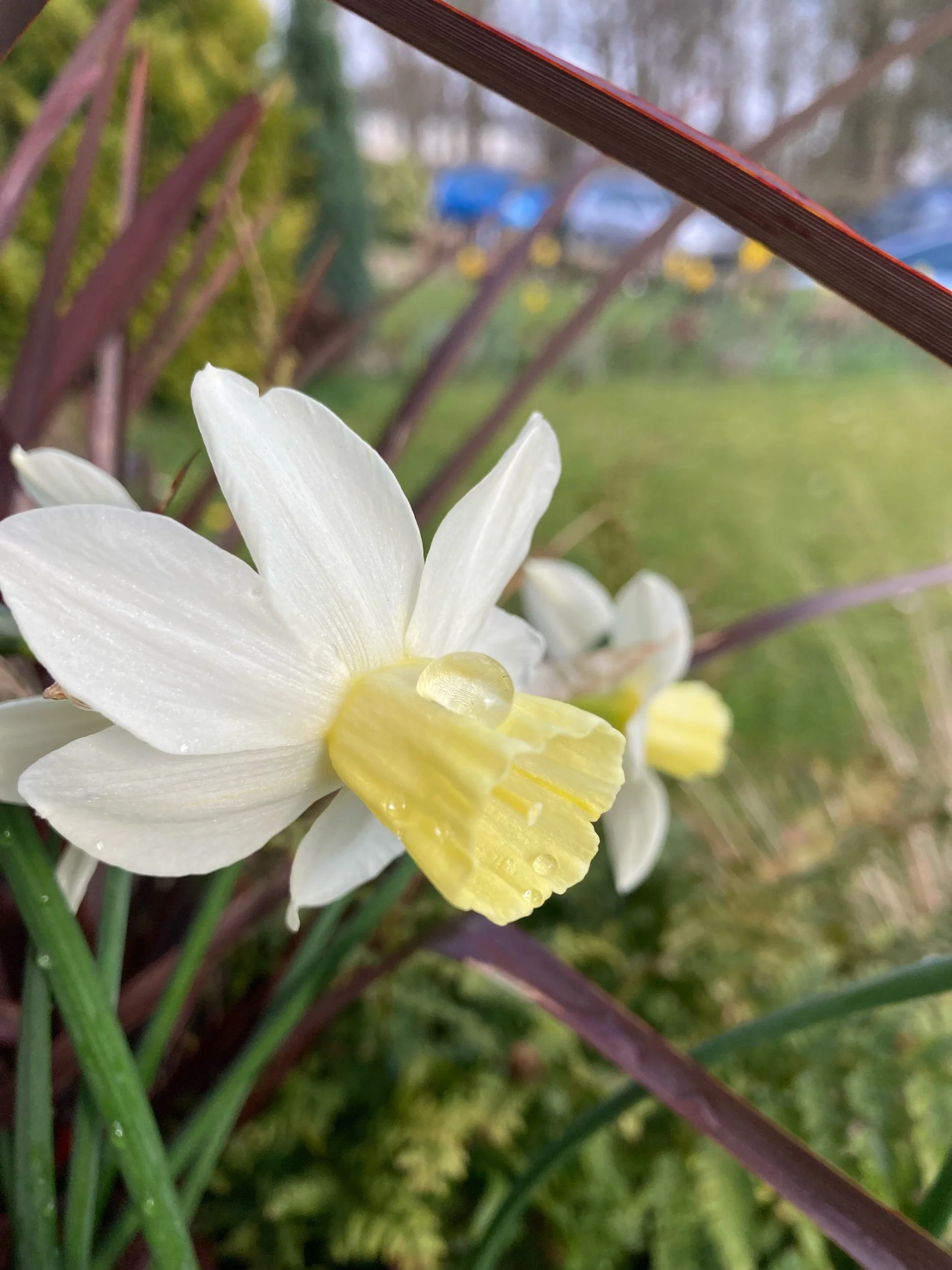For several years during August we have been lucky enough to visit the Northumberland coast, it feels like visiting an old friend now, wonderfully familiar with qualities of light and changing views it’s best attribute.
The perfect backdrop for the abundance of wildlife you can see here, in the air, on and under the sea and in the dunes and fields which hold the coastline near. I am not a morning person, especially on my hols but something woke me early before anyone else and I escaped through the front door binoculars in hand. I was hoping for seabirds on the shore before the rock poolers and dog walkers disturbed them. What I didn’t expect to see were these….
A pod of dolphins off the Northumberland coast near Beadnell, August 2022
This year delivered dolphins, seals, sandwich terns, oystercatcher, turnstones and some dazzlingly bold starlings.
Despite these heart lifting encounters it was sadly noticeable the lack of sheer numbers of birds, particularly gannets. Only one or two were seen gliding low and fast over the waves. The brightness of their white feathers unmistakable.
For seabirds which take many years to reach reproductive maturity, combined with the effects on our oceans from climate change, the impact on seabird populations will be even more evident a few years down the line.
We need to protect our seas. If you'd like to learn more about marine protection there is info via the Wildlife Trust. They have a great video showing you what a marine protected area should look like (much better than mine of whales and dolphins). The RSPB has some hard facts on how marine areas are protected and Greenpeace is your go to for environmental activism, sign petitions and find out how their activities are making an impact.
What else can we do? If you see a dead seabird do not touch it and please report it to Defra on 03459 33 55 77. Support these charities so they can do the work they need to and if giving money isn't an option, then a litter pick or beach clean can make a big difference to your local patch.






















